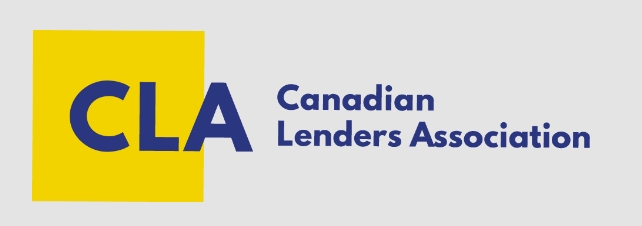How to Read Your Credit Report

So, you’ve finally faced your fears and taken that leap. You’ve jumped into the abyss and done it: you obtained your credit report. Good for you! This is the first step to turning your credit around, isn’t it? If only you understood half of what’s on that report...
Well, you’re lucky you stopped by here today, because today is the day you learn what each part of that report means and how it reflects on you and your borrowing ability. By the way, if you're unsure why you should be checking your credit report regularly, these 10 reasons will tell you why!
What is Your Credit Report
Let’s start with what your credit report is. You know when you pick up a book at the library or bookstore and flip it over to read the synopsis? You want to know if it’s about some post-apocalyptic vigilantes or maybe a good old Western train robbery tale. The synopsis tells you, more or less, if it’s the sort of book you usually enjoy. Like a book synopsis, your credit history is a condensed look at your borrowing history. It’s what potential lenders use to judge whether or not you’re someone they should lend to, like you use a book’s synopsis to judge whether or not it’s a book you want to read. If what they see suggests to your potential lenders that you are a low-risk borrower, you’re more likely to be lent to.
What to learn more about what credit is? Check out our Guide to Credit!
Keep It Confidential
When you first glance at your credit report, the most eye-opening thing about it is likely going to be the sheer amount of personal information it contains. It’s going to include all your recent home addresses, your social insurance number, your name and phone number, your employer and even your previous employers. All of this information is compiled in your credit report - it’s basically a snapshot of your adult life. Don’t fret over this though - you’re the only person who has permission to view what’s on your credit report, unless or until you give someone else permission to see it. When you apply to borrow money in any way, you sign a document that allows the potential lender to view your credit report. This is the only way anyone can see it… unless, of course, you leave your copy lying around. So, store it carefully and shred it when you don’t need it anymore!
Your Credit History
The largest portion of your credit report should be your credit history, unless you’ve never really had any credit. This is the meat of your report and contains the information that leads to your credit score and rating. It will include every type of credit you’ve ever had, from loans and mortgages, to credit cards, retail accounts and banking products. Your history will tell inquirers about your payment habits, how often you’ve made late payments or been over your credit limit. It will include information on your current balances and highest balances. You also may see some information on your payment habits for each account going back six or seven years.
The Rating System
You’ll likely notice, depending on which bureau you got your credit report from, that there might be a lender’s rating on each item in your credit history. Usually this is represented by a number between 1-9 preceded by either “I”, “O” or ‘R’. In this case, the lower your number is, the better. “1” indicates you’re always on time with your payments, while a “9” means you never paid, declared bankruptcy or reached a proposal agreement with the lender. The letters refer to the type of credit account this is. "I" before the number indicates it’s an installment loan like a mortgage. "O" refers to open credit such as a line of credit. "R" refers to revolving credit, like credit cards.
Your credit report will also list any accounts that have gone to collections, such as utility bills or library fines. You’ll see a list of the latest inquiries into your credit history and who inquired. If you have misused banking products or had your bank accounts closed-for-cause, you’ll also see it on your credit report, as well as any bankruptcies, consumer proposals or court judgments against you.
Your Overall Score
All of this adds up to give you an overall credit score. This is a number between 300 to 900 that reflects the risk you pose as a borrower. The higher this number is, the better. Here’s the typical breakdown:
760-850 is Excellent - Access traditional lenders, with the best interest rates
700-759 is Very good - Traditional lenders, with normal interest rates
660-699 is Good - Traditional lenders, slightly higher interest rates
620-659 is Not good - Non-traditional lenders, high-interest rates
580-619 is Poor - Non-traditional lenders, very high-interest rates
500-579 is Very poor - Trouble accessing any credit
Incorrect or Missing Information
What you want to look for on your credit report is missing or incorrect information. Scan your personal information and make note of anything that’s wrong. 18% of Canadians find errors on their credit reports, so it’s important to make sure your credit history fits, and all your personal info applies to you. If you find anything out of the ordinary, strange or just wrong, you’ll need to contact the issuing credit bureau and iron the kinks out. The last page of your credit report should explain how to do this, and contact information for your lenders and inquirers should be included in your report.
It’s important that you do this right away, should you find any problems with your report. The longer they’re there, the more damage could be done to your score.
Build Credit Now
Even if everything on your report is correct and your score and ratings are low, don’t fret. Building up your credit is not as difficult as it seems. You can take your first step to improving your credit score by starting a Refresh Financial secured savings program. Click here to get started and the next time you order your credit report, you’ll have cause to smile.





Leave a Reply